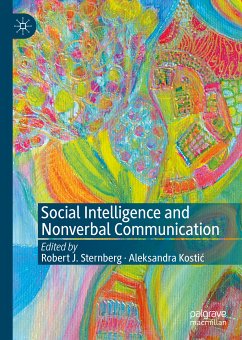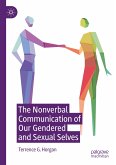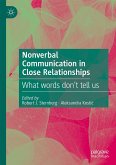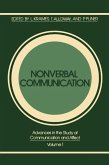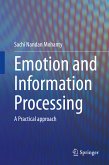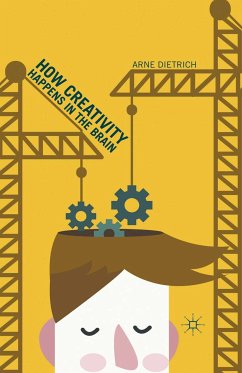"This book on people's wisdom in using and understanding nonverbal communication marks a new level of maturity in the nonverbal field. First we figured out how to measure such ability, then we asked about its correlates, and finally we are asking what it's actually good for. Kudos to the field and to these talented authors!"
-Judith Hall, University Distinguished Professor of Psychology, Northeastern University, USA
"This book is a 'must have' resource for anyone seeking a greater understanding of how we accurately (and inaccurately) send and receive messages. A remarkable cast of distinguished international scholars clearly report the most recent research on a variety of fascinating topics ranging from the evolutionary roots of social intelligence to human-machine interaction."
-Mark L. Knapp, Jesse H. Jones Centennial Professor Emeritus and University of Texas Distinguished Teaching Professor Emeritus, USA
"I wholeheartedly recommend this new compendium of research and theory on the non-verbal communication dimension of social intelligence. This book is essential reading for both academics and laypersons wishing to have a clearer and more profound understanding of modern society as a whole."
-Philip Zimbardo, Emeritus Professor of Psychology, Stanford University, USA and author of The Lucifer Effect
This book offers a comprehensive overview of the latest developments in the social psychology of nonverbal communication. It explores topics including social skill, empathy, adaptive advantage, emotion-reading and emotion-hiding; and examines personal charisma, memory and communicating with robots. Together, the authors present diverse, cutting-edge research on nonverbal social intelligence as an adaptive strategy for survival and success. The collection provides an effective demonstration of the interdisciplinary nature of this topic, and it's relevance to researchers across the social sciences and beyond.
Robert J. Sternberg is Professor of Human Development at Cornell University, USA and Honorary Professor of Psychology, University of Heidelberg, Germany.
Aleksandra Kostic is Retired Professor of Social Psychology at the Faculty of Philosophy, Department of Psychology, University of NiS, Serbia.
Dieser Download kann aus rechtlichen Gründen nur mit Rechnungsadresse in A, B, BG, CY, CZ, D, DK, EW, E, FIN, F, GR, HR, H, IRL, I, LT, L, LR, M, NL, PL, P, R, S, SLO, SK ausgeliefert werden.
Es gelten unsere Allgemeinen Geschäftsbedingungen: www.buecher.de/agb
Impressum
www.buecher.de ist ein Internetauftritt der buecher.de internetstores GmbH
Geschäftsführung: Monica Sawhney | Roland Kölbl | Günter Hilger
Sitz der Gesellschaft: Batheyer Straße 115 - 117, 58099 Hagen
Postanschrift: Bürgermeister-Wegele-Str. 12, 86167 Augsburg
Amtsgericht Hagen HRB 13257
Steuernummer: 321/5800/1497
USt-IdNr: DE450055826
Bitte wählen Sie Ihr Anliegen aus.
Rechnungen
Retourenschein anfordern
Bestellstatus
Storno

